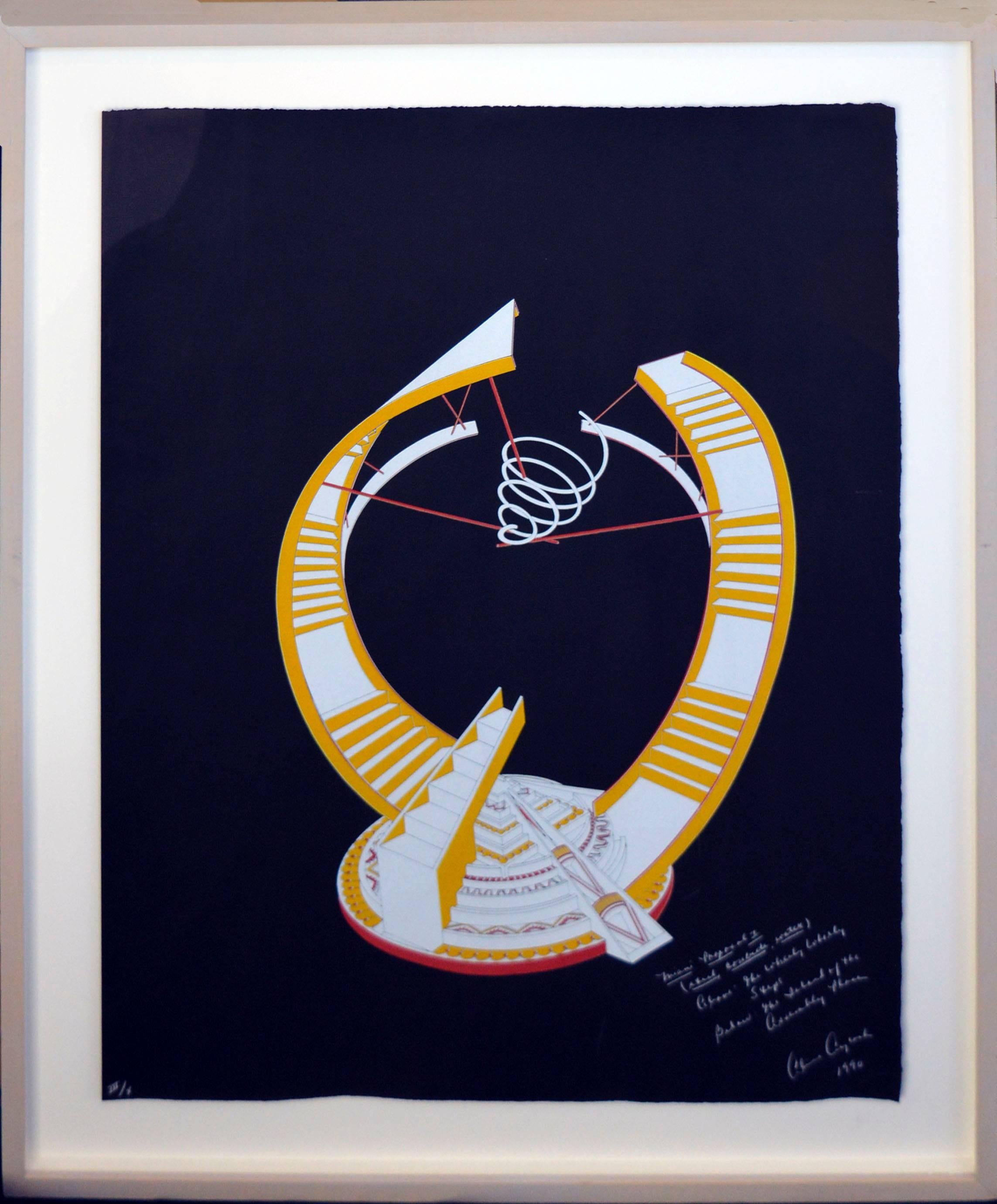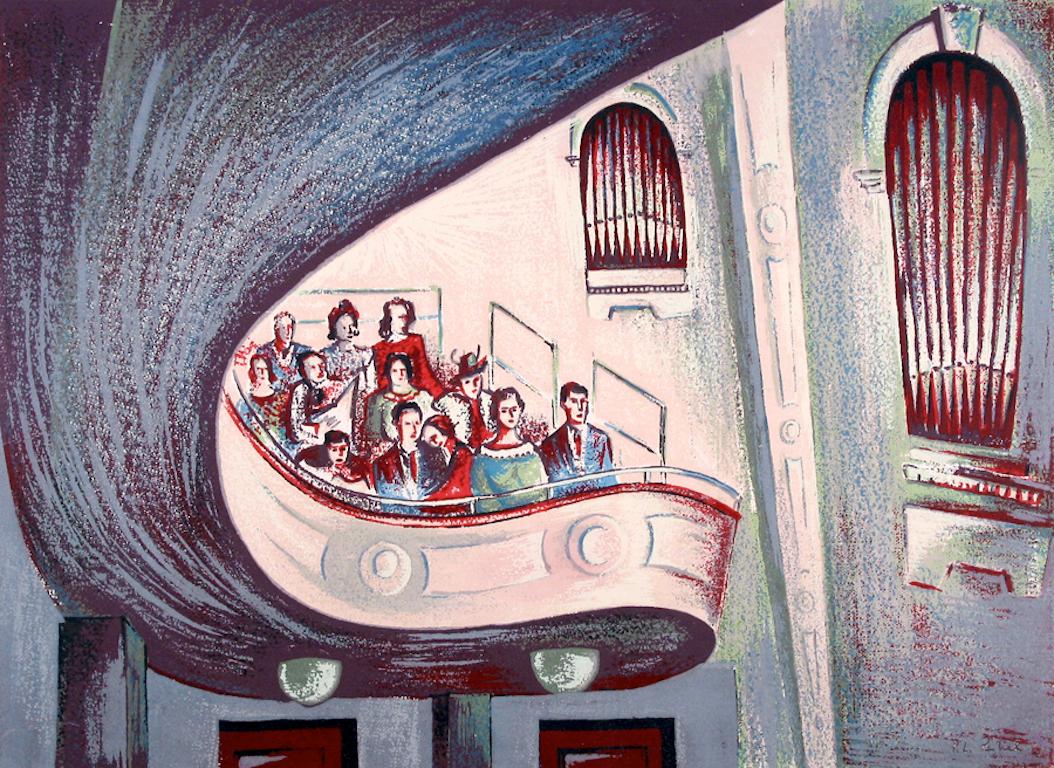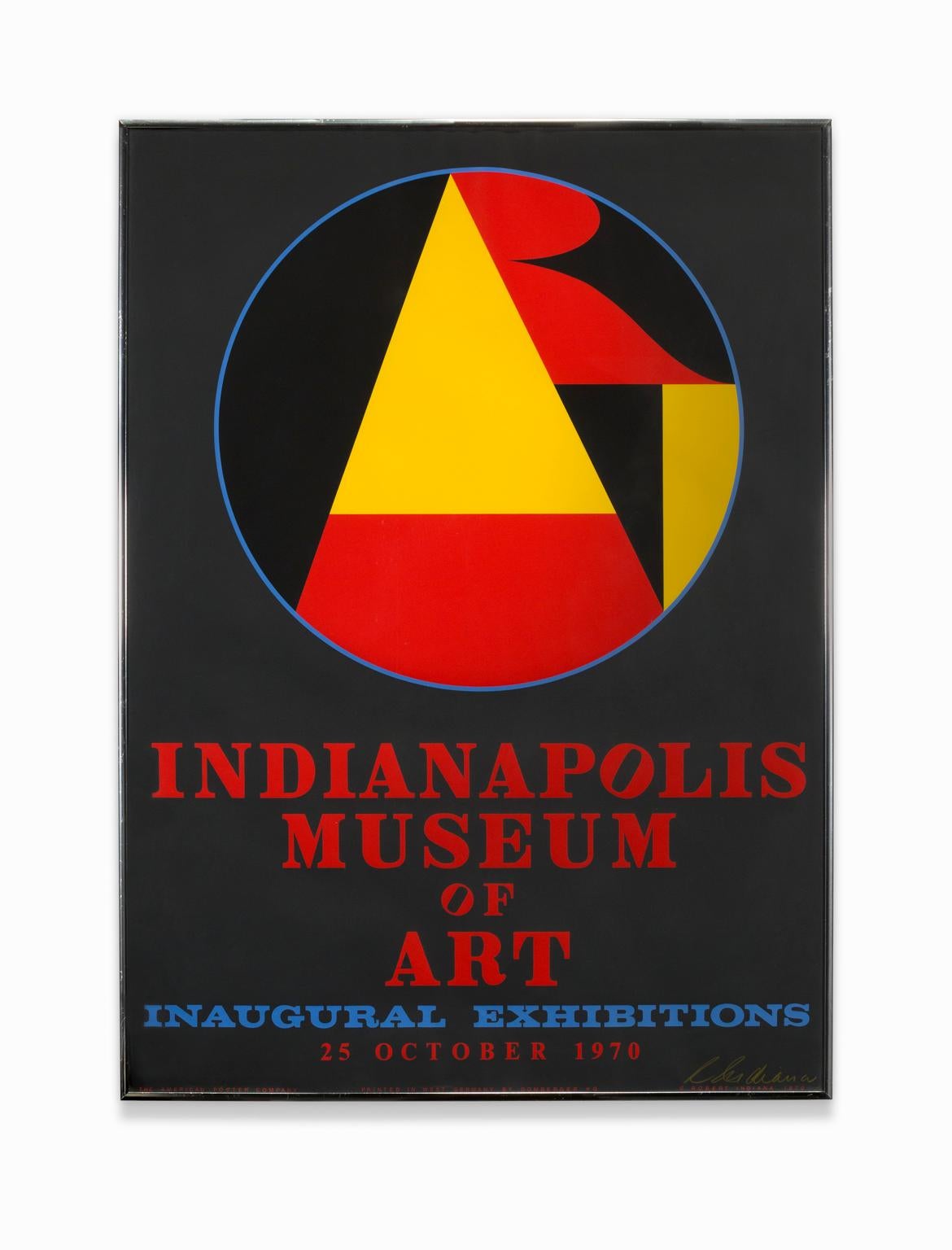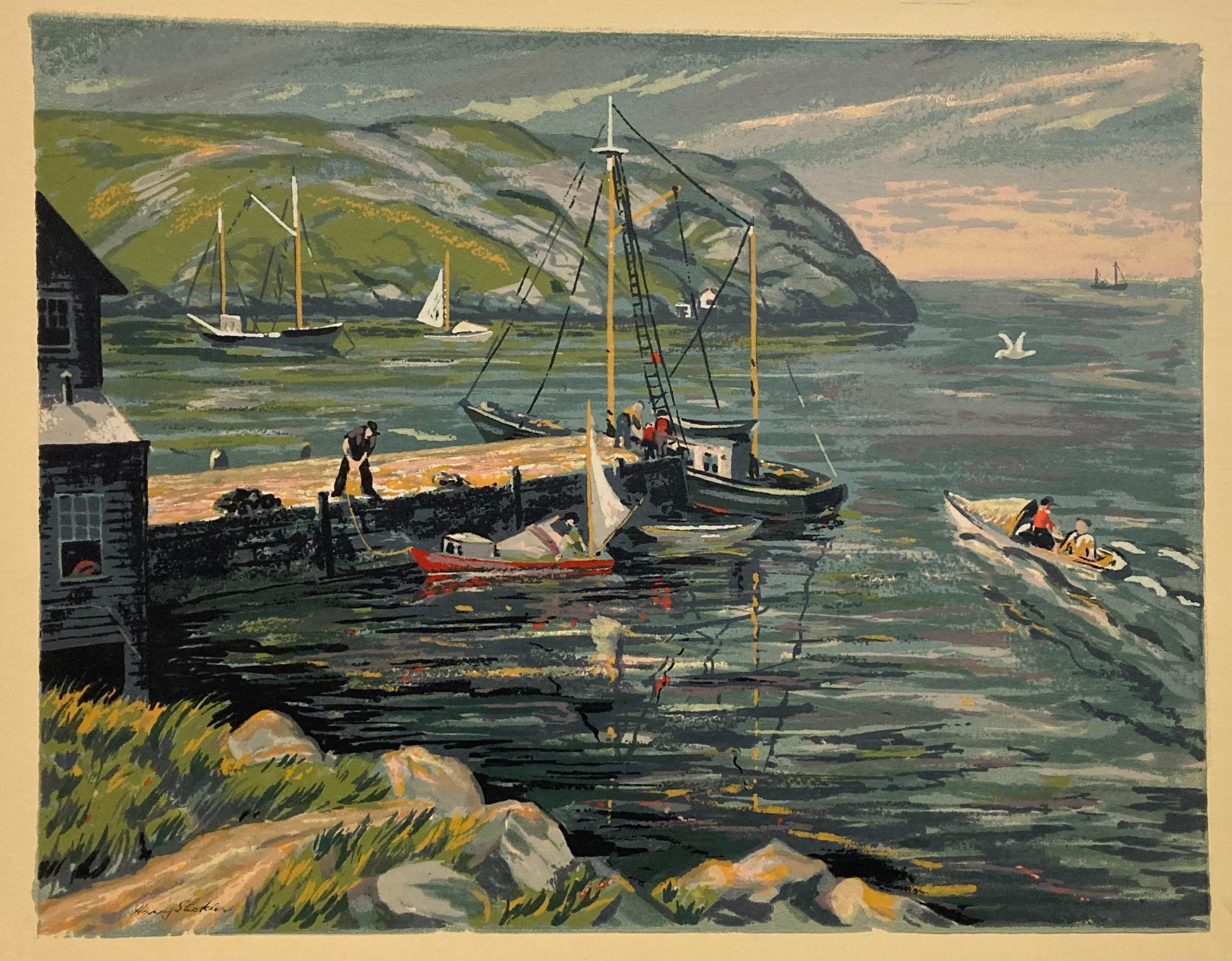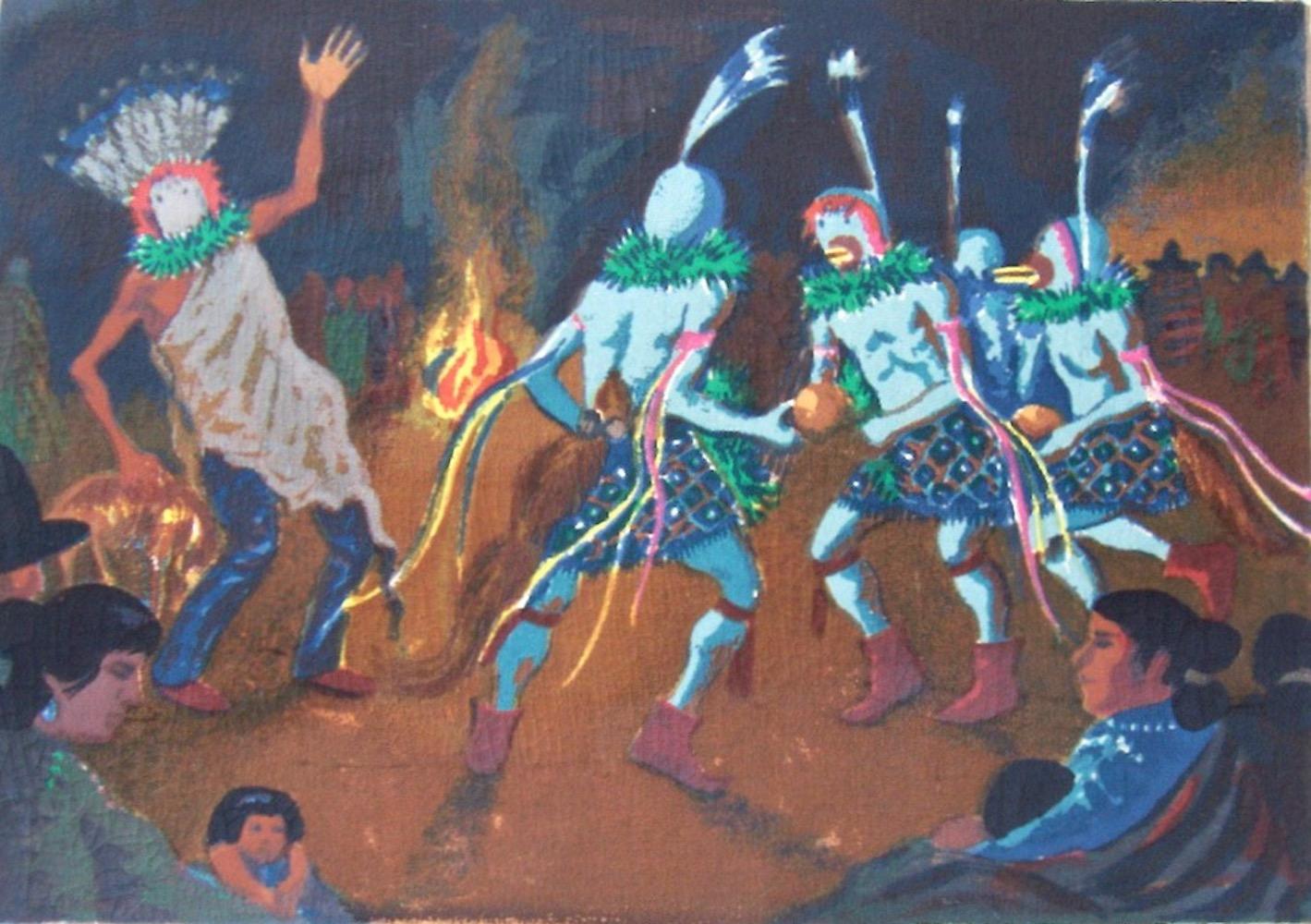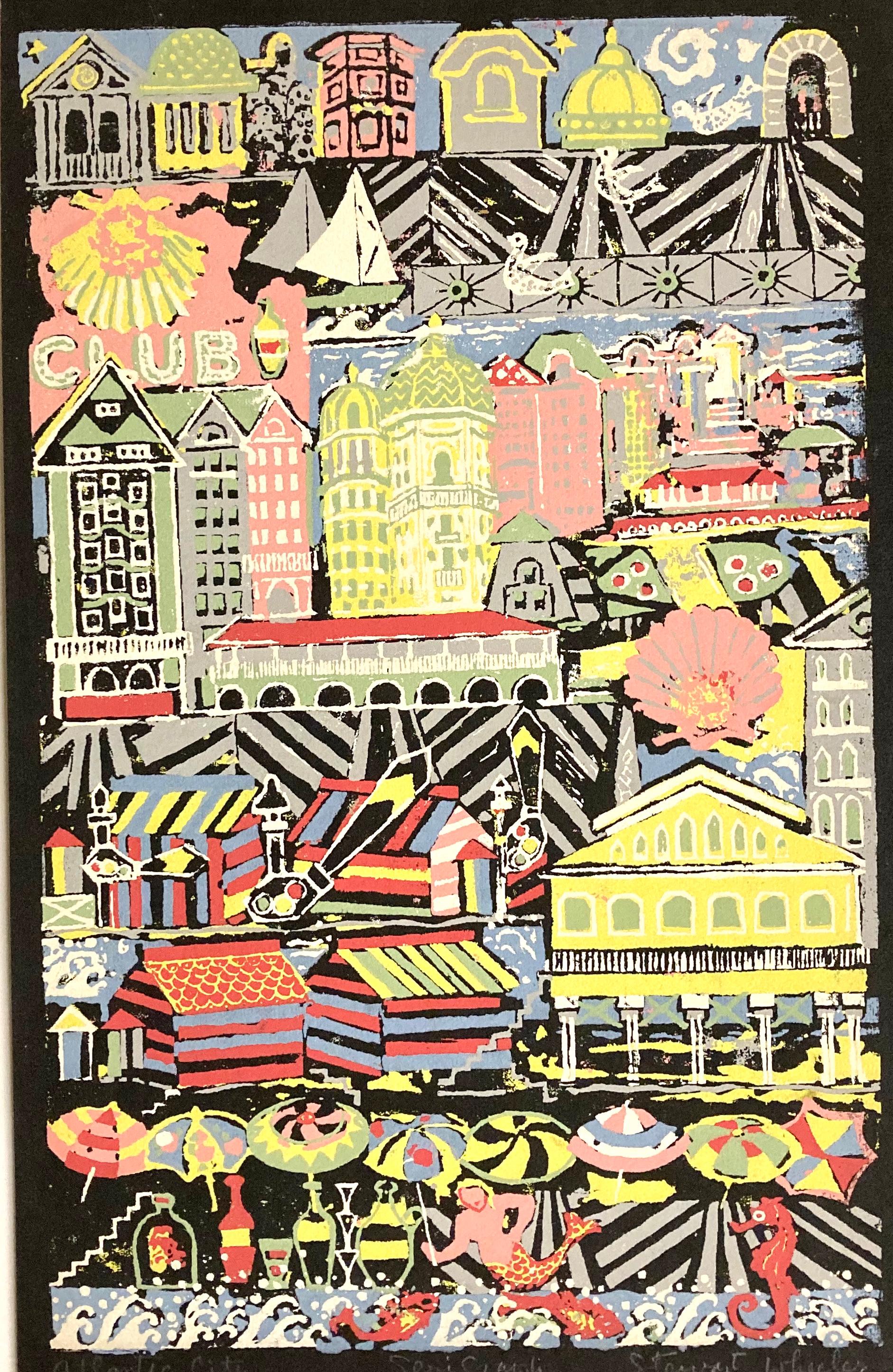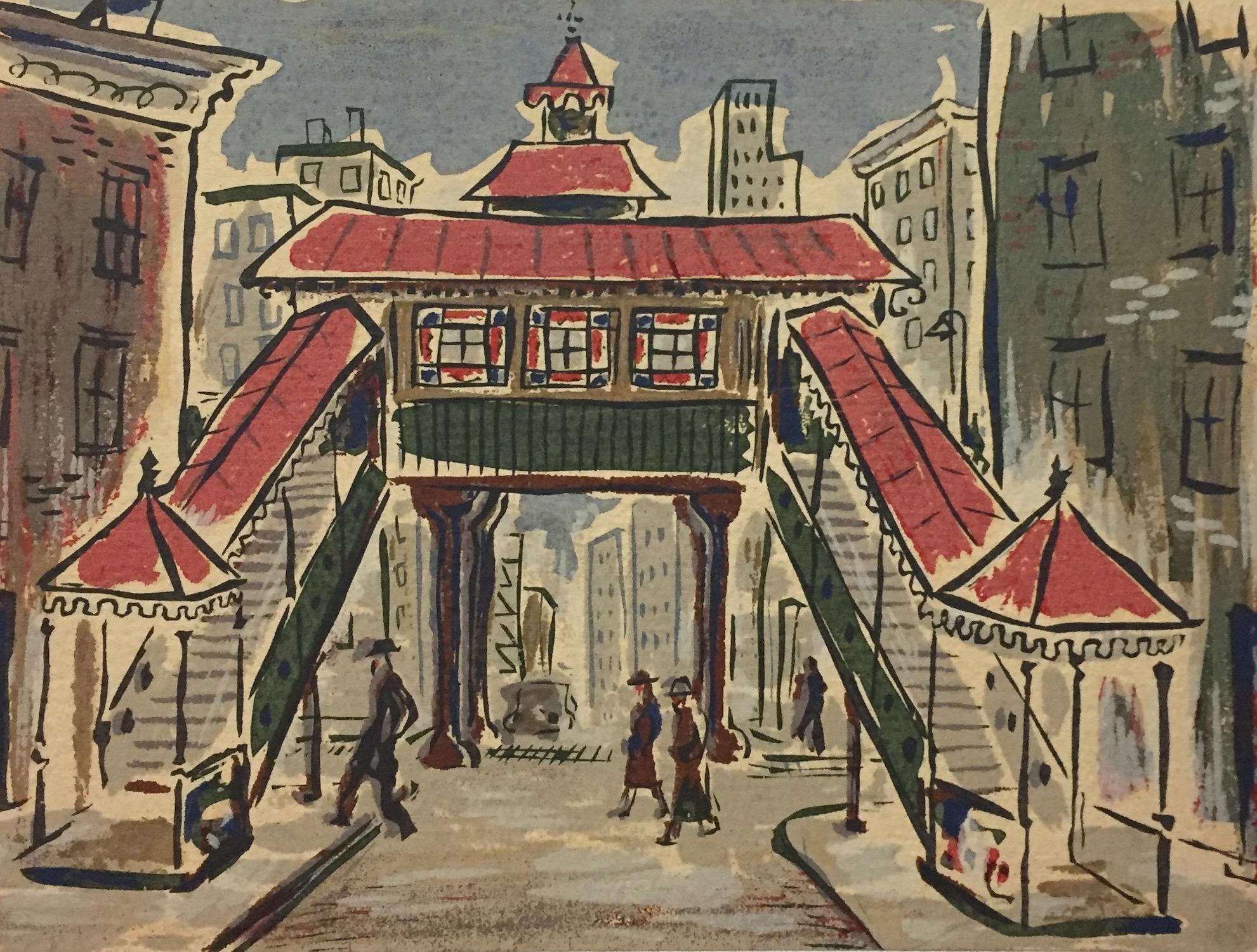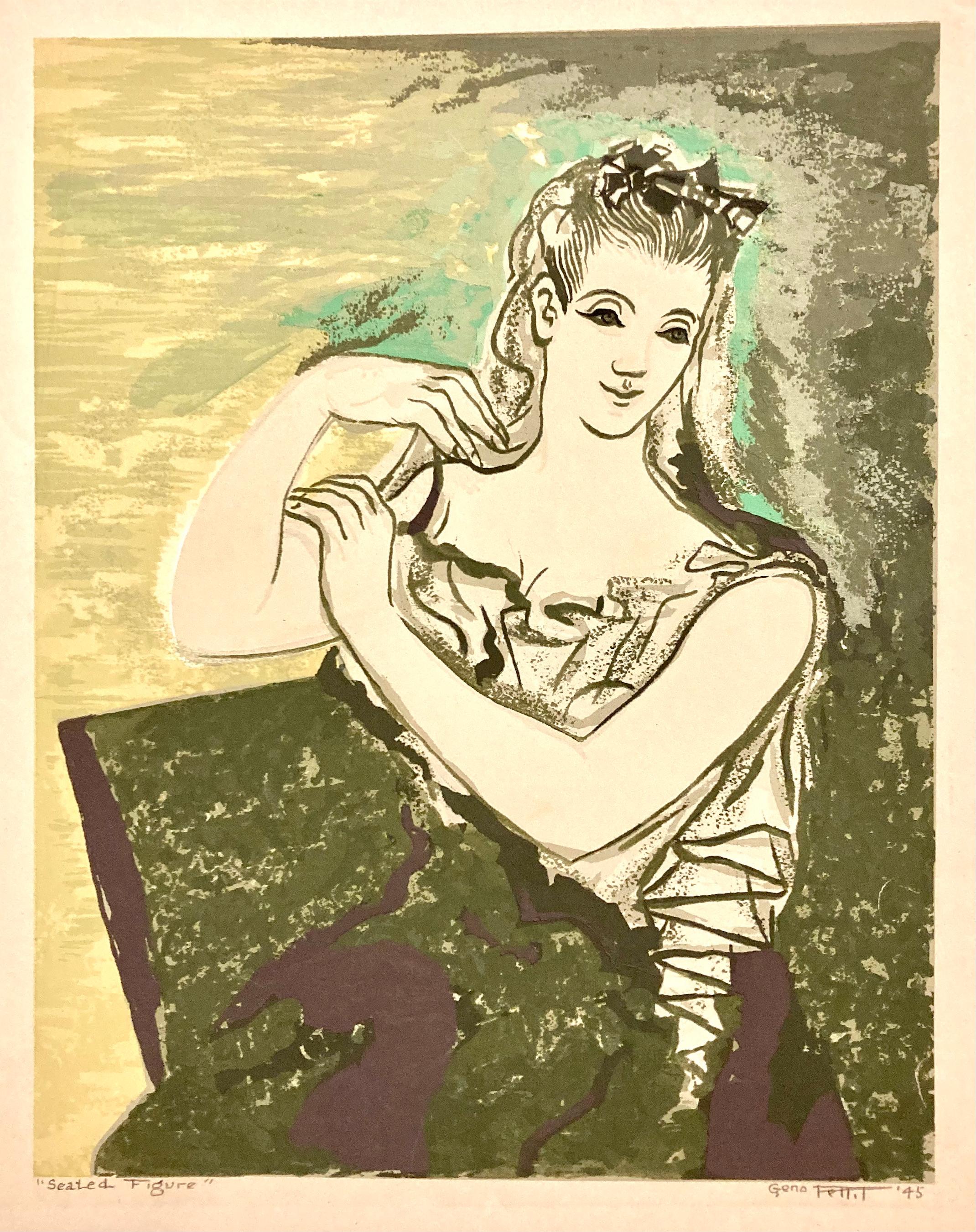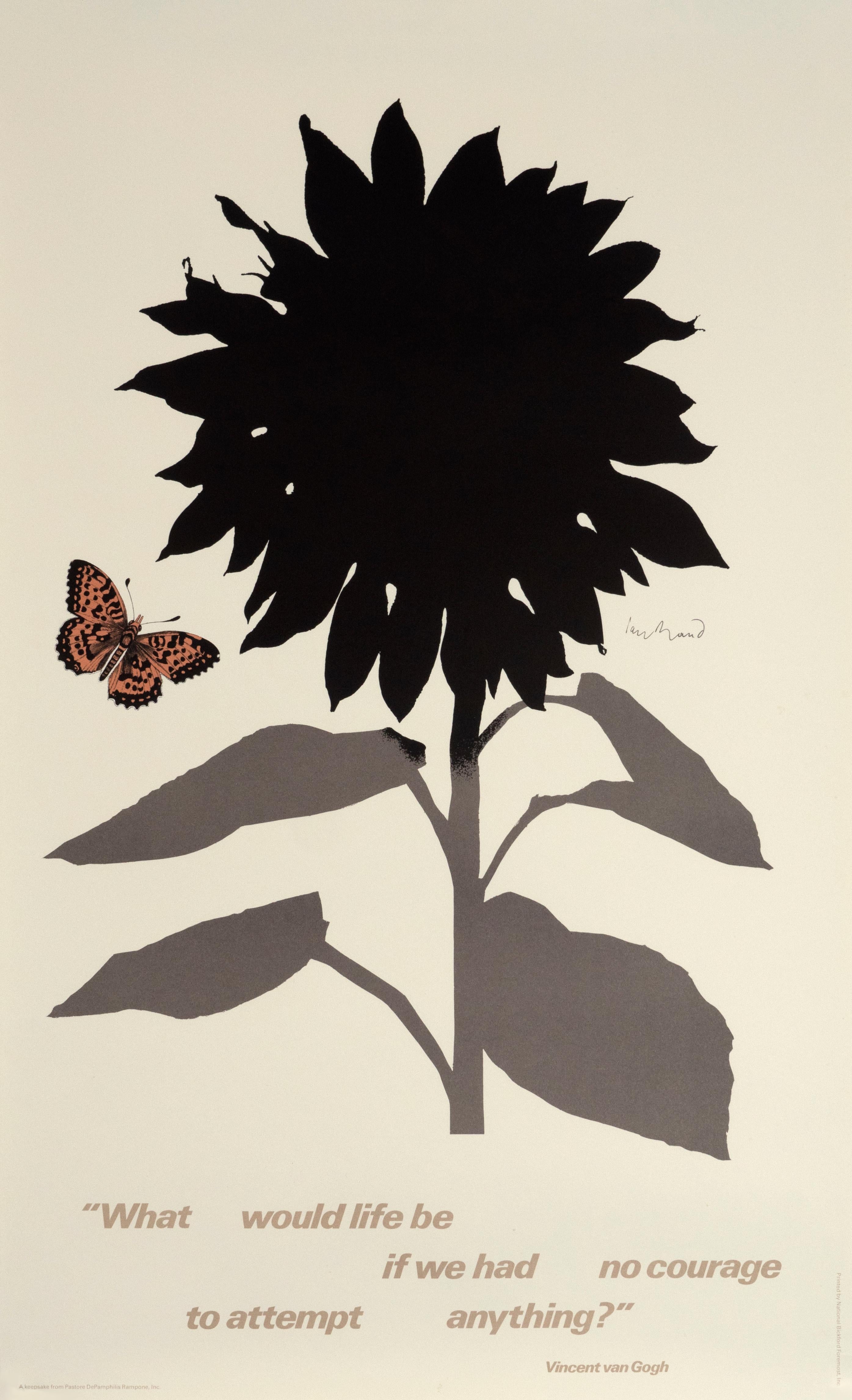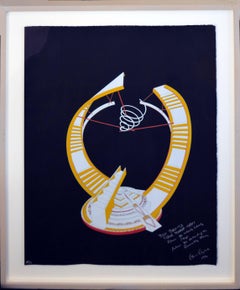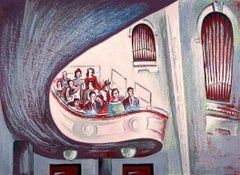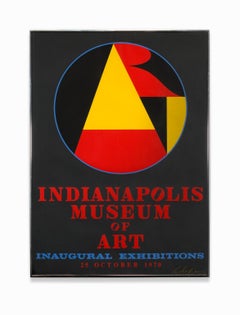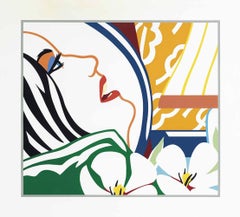
Tom Wesselmann Bedroom Face with Orange Wallpaper
View Similar Items
1 of 4
Tom WesselmannTom Wesselmann Bedroom Face with Orange Wallpaper1987
1987
About the Item
- Creator:Tom Wesselmann (1931 - 2004, American)
- Creation Year:1987
- Dimensions:Height: 58 in (147.32 cm)Width: 64 in (162.56 cm)
- More Editions & Sizes:from the edition of 100Price: $19,999
- Medium:
- Movement & Style:
- Period:
- Condition:
- Gallery Location:Boynton Beach, FL
- Reference Number:1stDibs: LU111813898342
Tom Wesselmann
Thomas K. Wesselmann (February 23, 1931 – December 17, 2004) was an American artist associated with the Pop Art movement who worked in painting, collage and sculpture. Born on February 23, 1931, in Cincinnati, Ohio, cartoonist and collagist Tom Wesselmann eventually moved to New York City to become one of the founding figures of the Pop Art movement, making waves with his "Great American Nude" series. He later became well known for his huge canvas paintings of household objects as well as his printmaking and abstract work. He died on December 17, 2004.
You May Also Like
- Vintage Silkscreen Abstract -- The Wheely Whirly StepsBy Alice AycockLocated in Soquel, CAExpressive vintage silkscreen on black paper by Alice Aycock (American, 20th Century). Hand signed and dated "Alice Aycock 1990" with hand written ...Category
1990s American Modern Abstract Prints
MaterialsScreen, Laid Paper
$2,280 Sale Price20% Off - "Balcony" 1938 WPA Print Mid 20th Century American Broadway Theatre ModernismBy Leon BibelLocated in New York, NY"Balcony" 1938 WPA Print Mid 20th Century American Broadway Theatre Modernism. Silk screen on paper, 15” x 20". Numbered 15/20 lower left. Pencil si...Category
1930s American Modern Figurative Prints
MaterialsPaper, Screen
$6,000 Sale Price20% Off - "Indianapolis Museum of Art Inaugural Exhibitions", Color Silkscreen, SignedBy Robert IndianaLocated in Detroit, MI"Indianapolis Museum of Art Inaugural Exhibitions", 25 October 1970, is an eye popping large bold colorful geometric abstract silk screen. It is signed on the lower right. Robert Indiana, one of the preeminent figures in American art since the 1960s, played a central role in the development of assemblage art, hard-edge painting, Pop art, Neo-Dada, American Modernism and Modern Art. A self-proclaimed “American painter of signs,” Indiana created a highly original body of work that explores American identity, personal history, and the power of abstraction and language, establishing an important legacy that resonates in the work of many contemporary artists such as Andy Warhol, Keith Haring, Roy Lectenstein, David Hockney, Romero Britto, Richard Hamilton and Robert Rauschenberg who make the written word a central element of their oeuvre. Robert Indiana was born Robert Clark in New Castle, Indiana on September 13, 1928. Adopted as an infant, he spent his childhood moving frequently throughout his namesake state. At 14 he moved to Indianapolis in order to attend Arsenal Technical High School, known for its strong arts curriculum. After graduating he spent three years in the U.S. Air Force and then studied at the Art Institute of Chicago, the Skowhegan School of Sculpture and Painting in Maine, and the Edinburgh College of Art in Scotland. In 1956, two years after moving to New York, Indiana met Ellsworth Kelly, and upon his recommendation took up residence in Coenties Slip, where a community of artists that would come to include Kelly, Agnes Martin, James Rosenquist, and Jack Youngerman had studios. Indiana, like some of his fellow artists, scavenged the area’s abandoned warehouses for materials, creating sculptural assemblages from old wooden beams, rusted metal wheels, and other remnants of the shipping trade that had thrived in Coenties Slip. The discovery of 19th century brass stencils led to the incorporation of brightly colored numbers and short emotionally charged words onto these sculptures as well as canvases, and became the basis of his new painterly vocabulary. Although acknowledged as a leader of Pop, Indiana distinguished himself from his Pop peers by addressing important social and political issues and incorporating profound historical and literary references into his works. In 1964 Indiana accepted Philip Johnson’s invitation to design a new work for the New York State Pavilion at the New York World’s Fair, creating a 20-foot EAT sign...Category
1970s American Modern Abstract Prints
MaterialsPaper, Ink, Screen
$1,760 Sale Price20% Off - Harry Shokler, Island HarborBy Harry ShoklerLocated in New York, NYHarry Shokler used serigraphy to great advantage in this landscape. It's colorful and detailed. It is signed in the image at the lower left. When printmakers began making serigraphs...Category
1940s American Modern Figurative Prints
MaterialsScreen
- Anna Barry, Navajo Yei Bei ChaiBy Anna BarryLocated in New York, NYAnna Barry (1907-2001), and her husband, the artist Ira Moskovitz, spent years in New Mexico in the late 1930s and 40s. They returned permanently to New York City in 1949. The screen print (also known as silk screen or serigraph) Navajo Yei...Category
Mid-20th Century American Modern Figurative Prints
MaterialsScreen
- Stewart Wheeler, Atlantic City (New Jersey)Located in New York, NYThe little that is know about the painter and printmaker Stewart Wheeler indicates that most of his career was spent in Philadelphia, Pennsylvania. And...Category
Mid-20th Century American Modern Landscape Prints
MaterialsScreen
Recently Viewed
View AllMore Ways To Browse
Character Poster
Poster Festival
Brazilian Wood Sculpture
Wood Sculpture Brazil
Air Poster
Framed Vintage Posters
Sculpture Wood Picasso
Salvador Dali All
Vintage Japanese Man
Fruit Prints
Antique Printers
Mid Century Modern Art Lithographs Original
Matisse Signed Print
1966 Dior
Japanese Heart
1963 Book
Art Gallery Poster Paris
Poster Death
